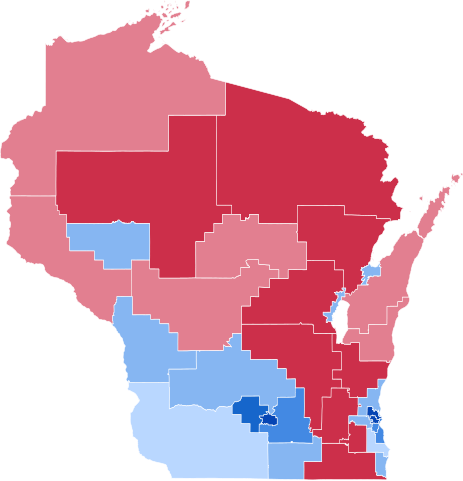South Dakota’s Budget Crunch: The Great Repeal of the Sales Tax Collection Allowance
PIERRE — In a move to bolster South Dakota’s budget amidst declining sales tax revenues, state lawmakers are considering repealing the $70 monthly credit provided to businesses for online sales tax remittance. This could funnel $6.8 million back into the state’s coffers, according to the Bureau of Finance and Management. This proposal, outlined in House Bill 1037, was discussed in a recent meeting of the House Appropriations Committee.

Jim Terwilliger
Jim Terwilliger, Commissioner of the Bureau of Finance and Management, contends that repealing the allowance is a necessary step not only for fiscal prudence but as a means of capturing tax dollars already levied at the consumer level. “At the end of the day, this is significantly different than repealing an exemption on the sales tax because this tax is already being paid,” stated Terwilliger, emphasizing the importance of government services that rely on these funds.
South Dakota, renowned for its vast plains and the iconic Mount Rushmore, thrives on sectors including agriculture, tourism, and increasingly on small businesses and technology sectors, which have a growing footprint across the state. The allowance’s removal reflects a broader strategy to ensure these sectors continue thriving by reallocating funds towards essential services.
The rationale for the sales tax collection allowance, introduced back in 1990, was to offset the administrative costs for businesses collecting sales taxes on behalf of the state. A significant milestone was reached in 2013 when lawmakers restricted the allowance to incentivize digital remittance, leading to an increase in electronic filings from 51% to the current 80%.
However, members of the South Dakota Retailers Association, under the leadership of Nathan Sanderson, view the repeal differently.

Nathan Sanderson
“This is a $7 million tax increase on businesses,” argues Sanderson, who represents a diverse group of business owners and lobbyists, including hoteliers and convenience store operators. Sanderson acknowledges the origins of the allowance before online remittance became common, asserting it was intended to alleviate credit card fees imposed on businesses that collect and remit sales taxes monthly. “Businesses are not getting rich on this, but it helps cover their transaction costs,” he added.
The disagreement reflects a broader tension between maintaining a business-friendly environment and ensuring adequate state funding. South Dakota, known for its rugged independence and hands-on governance, finds itself at a crossroads. Balancing these interests is crucial for legislators, given the state’s reliance on sectors that could be sensitive to any perceived increase in operational costs.
As the debate unfolds, lawmakers have deferred any concrete decisions pending the state’s official revenue forecasts. This cautious approach underscores the sensitivity of economic policy in a state where agricultural yields can vary with the weather, and tourism can fluctuate with national economic nuances.
South Dakota’s fiscal challenges also interlace with broader policy questions, such as those concerning education with Governor Noem’s proposed new school choice program, the need for increased funding for prison infrastructure, and the balancing act required to maintain public services without imposing undue burdens on its merchant communities.
The state’s unique blend of business, history, and culture marks every legislative decision with considerable weight. As proceedings continue, residents and stakeholders across South Dakota remain engaged, ever watchful of how legislative decisions will impact the state’s long-standing traditions and economic prosperity.
The committee’s resolution to delay action indicates the complexity and weight of revenue forecasting in a state with such a variable economic profile, reliant on external conditions and internal policy interactions.
For South Dakota, this is not just about a mere $70 allowance but a reflection of its economic philosophy and the intricate balancing act of governance — where each dollar spent is both a promise and an investment in the state’s collective future.
